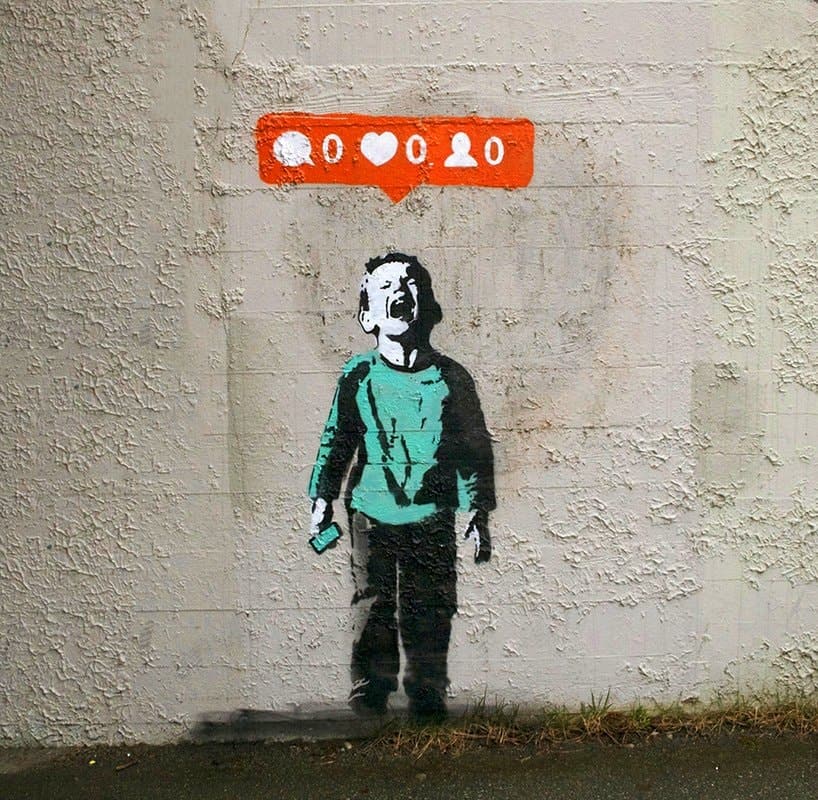#vangogh on Instagram pulls up around 3.9 million images and video results-that include everything from the popular immersive exhibition doing its rounds to even accessories, recreations and themed make-up looks. Van Gogh’s art with vivid blues and yellows was suddenly everywhere- in physical and online markets- because of high click-throughs and resharing, all managed entirely in digital spaces. With social media growing into a major source of information and news, it also shows attractive advertising prospects. Thus, what does art become when pushed through a commercialized algorithm, where audience interests are held for less than a minute?
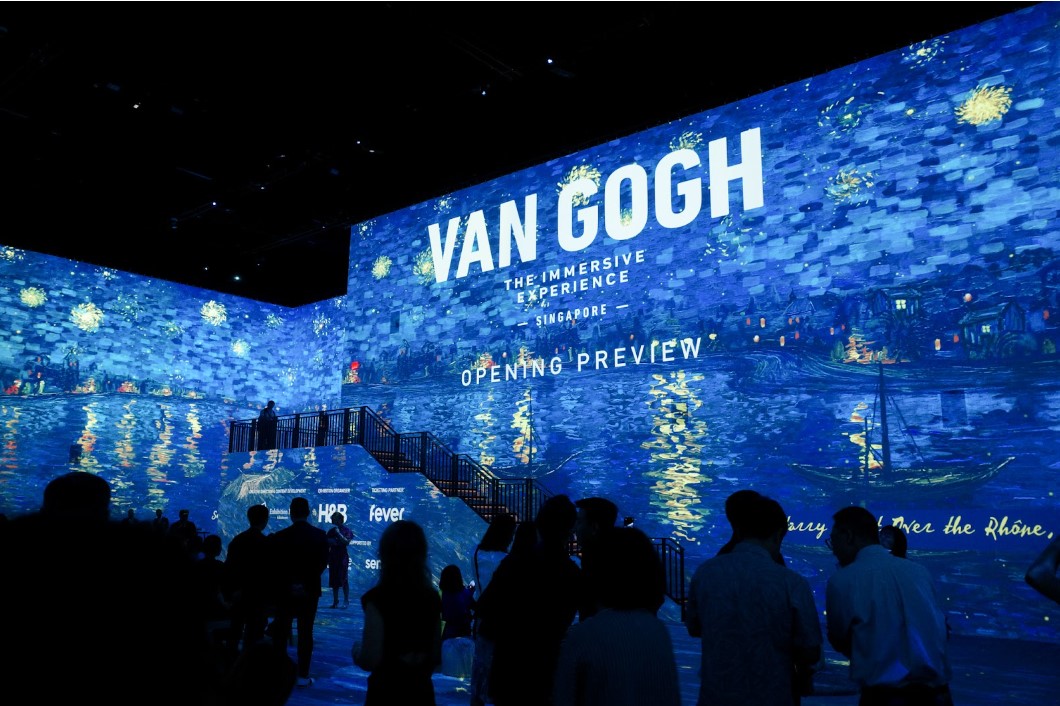
Source: Coconuts Singapore
Art is a creative pursuit and in an ideal world, self-fulfilling. It is the condensation of thought, innovation, and experiences of the artist. As the age-old understanding goes, art and making art are perhaps the most human actions-it is not necessary for survival like food or water, but essential for the sustenance of the mind and soul. Yet, artists today find themselves in a world of increasing commodification- what cannot be sold for profit in the market is deemed worthless. People too, trapped in their routines appear to have less time for leisurely activities- such as walking through an exhibition hall or museum for hours. The pandemic only worsened the issue- while many were able to discover and work on interests, arenas for the display and sale of art shut down. Hence, in a world addicted to the social bubbles on their mobile phones, art had to be brought to the very same platforms.
The flow of images and videos on social media is controlled by algorithms, hence computer calculations based on previous data decide what is worth pushing to an audience and what isn’t. Instagram speaks about its algorithm, “…We want to make the most of people’s time, and we believe that using technology to personalize everyone’s experience is the best way to do that.” The pursuit of personalized content means that posts with popular, mass appeal- may be clickbait or sensationalized- are the ones that will keep getting more views, shares and likes. Constant posting, especially on ‘Reels’ (short 30 sec- 1 min long videos), and multiple image-based posts a day, are encouraged. Interaction with stories and comments is also important. For small-scale artists who need platforms for visibility and sale, establishing an audience becomes challenging. The artists who rely on the platforms now must be full-time content creators, sometimes openly requesting viewers to interact with their feeds to help them keep doing their job. However, these networks cannot be avoided as they are sites of online shops, and helps cultivate a following for their work.
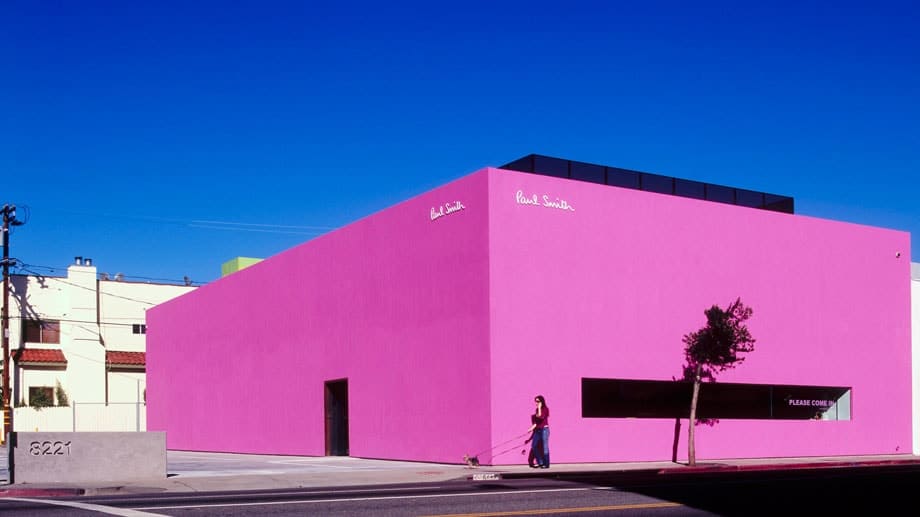
Source: Artland Magazine
The case of pre-established big names in art is very different- as seen in the Van Gogh example mentioned above. The need for popular commercial appeal- that would be necessary for ventures like the Van Gogh: The Immersive Experience– has led to the creation of art ‘brands’. Everything from the look and feel has to be carefully constructed to ensure popularity on these platforms- a popularity that manifests into social interest and hence, monetary gain. According to an article in Artland Magazine, this has caused an alteration even in street art- the works of iHeart a street artist, shows how the quantifying nature of social media negatively affects children. On the other hand, the use of the pink building motif (inspired by Mexican architect Luis Barragan) to create a marketing strategy for the retailer Paul Smith involved a widespread selfie phenomenon in front of the pink wall. Street artist Thrasher wrote the words, “F**k your selfie” on the wall in 2018, perhaps critiquing the way art was manufactured purely for the purpose of money-making, steering it away from what it once stood for. The two instances show very real outcomes of forcing art to fit the boxes of social media- judgement purely based on audience interest, and excessive exploitation.
The youth are a big factor in the art-for-social media debate. Politically, social media has allowed for some decentralization. Art, once hidden away in elite circles, is much more accessible to the common person. Young people, who are predominant consumers and posters on social networks, now find history, information, viewing and learning at their fingertips. It allows space for young artists to connect with and learn from those who joined the field before them. The usefulness of the networks for meaningful creation and experimentation is undeniable. However, the overarching issue of commercialization remains. Wanting to sell something (an exhibit, merchandise or simply following for the artist) to the youth, often coupled with the lack of trust placed in their intellect- leads to repetitive information cycles that simply pander to whatever media is popular at the moment. Similarly, artists who end up being social media-popular are often ones that fit the current aesthetic or are constructed to do so. There is, thus, no effort to allow the youth to explore newer concepts or ideas, because that simply is not profitable. They are then presented with eye-catchy and easy-to-digest images with mass appeal, for what pleases a significant percentage of the population will become the narrative of the explore pages.
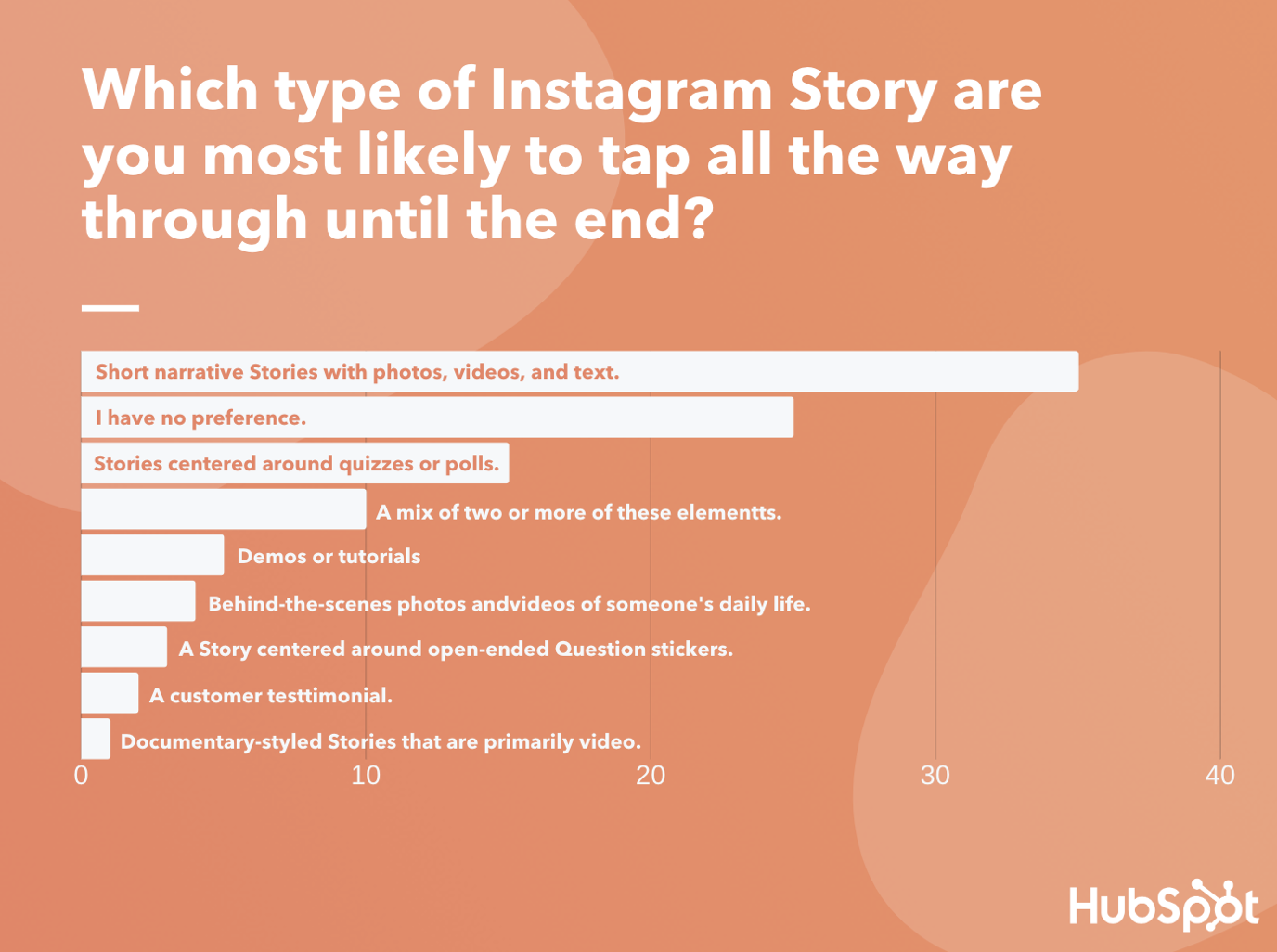
Source: sproutsocial
The discussion surrounding art on social media and youth is not entirely hopeless. Sometimes, genuine connections are made. The Van Gogh exhibition, despite its questionable reviews, led to a surge in the artist’s popularity, because the younger generation found reasons to appreciate the art. While the commercial strategy is not to be ignored, it can also not be forgotten that individual choice and appreciation still exist, and being popular does not make something inherently bad. Beyond the gaps of generations and technological advancements, humanity still connects. The vulnerability in the origins of the works by Van Gogh, or another artist popular on Instagram, Yayoi Kusama, does not go unnoticed by the younger generation- who are willing to publicly discuss mental health struggles online. This relationship of identifying the self in art is something no amount of likes and shares can compare to- and the purely human experience that is creativity remains resilient.
By Niveditha Ajay
References
- Aeon- Art by algorithm
- Artland Magazine- How social media is shaping art the impact of an Instagram obsessed culture
- Independent- Yayoi Kusama: How the Instagram generation fell in love with the world’s top-selling living female artist
- Coconuts Singapore- An educational space or another Instagram trap? Van Gogh: The Immersive Experience now open in Sentosa
Read More
Melting Ice Caps and Burning Forests: Climate Crisis As Artistic Expression
Violence Against the Art of Colour: Why Are They Feared?
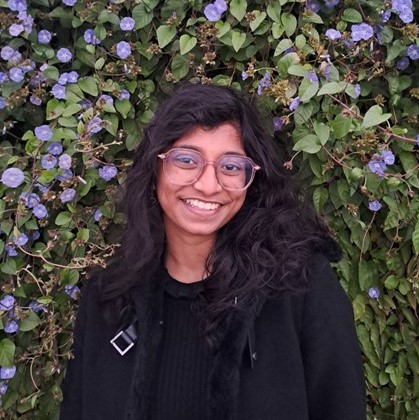
Contributor


